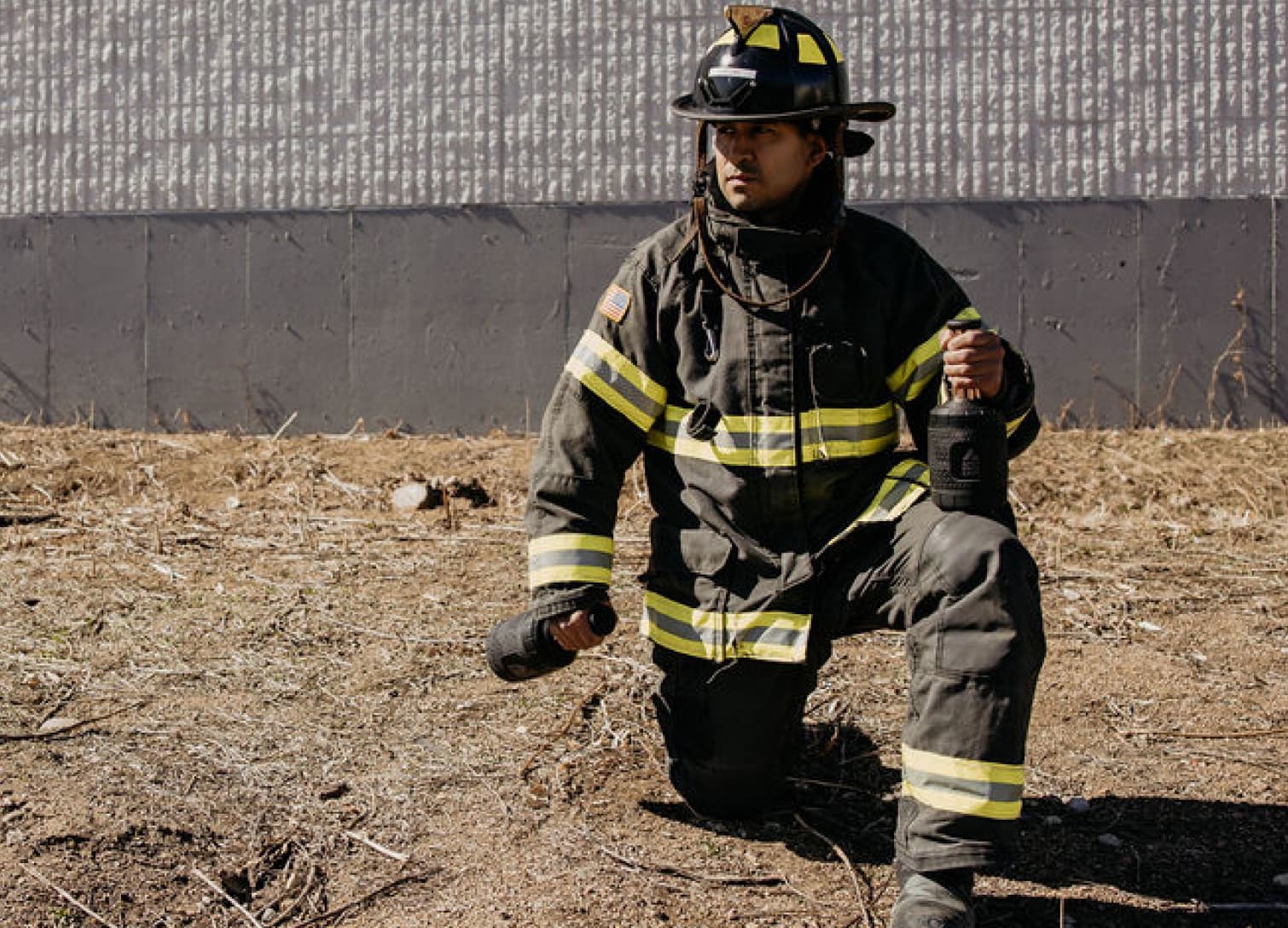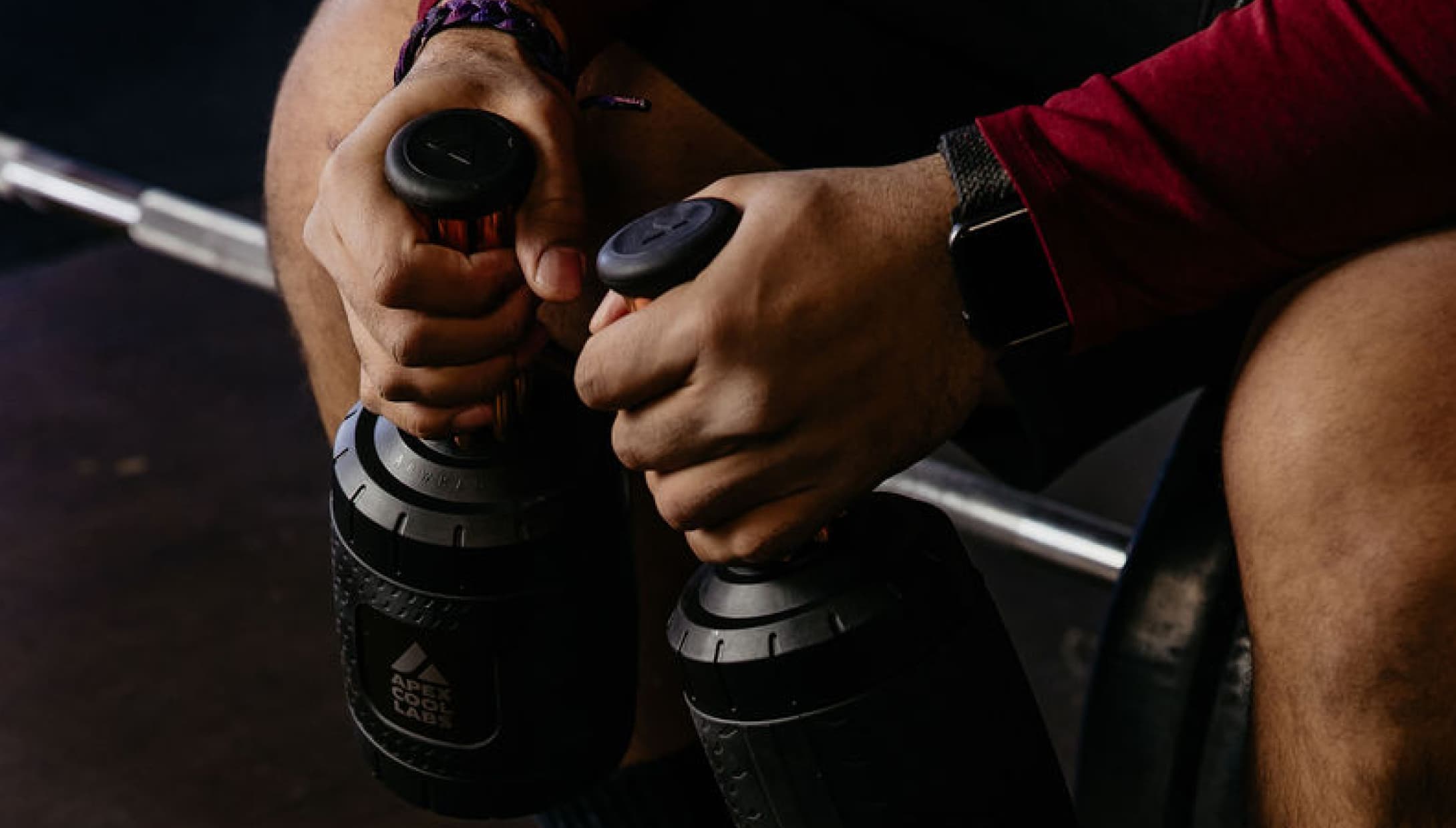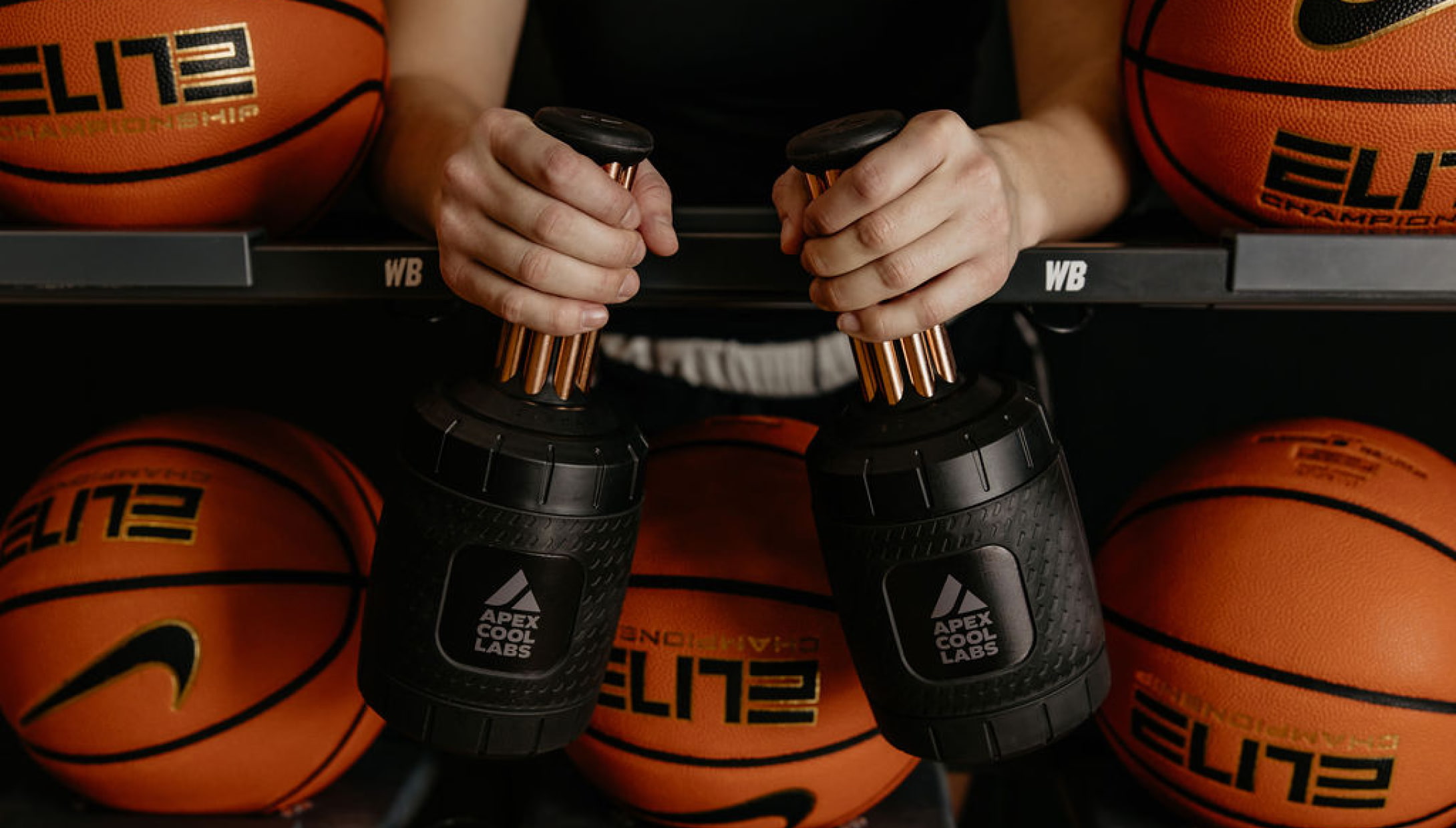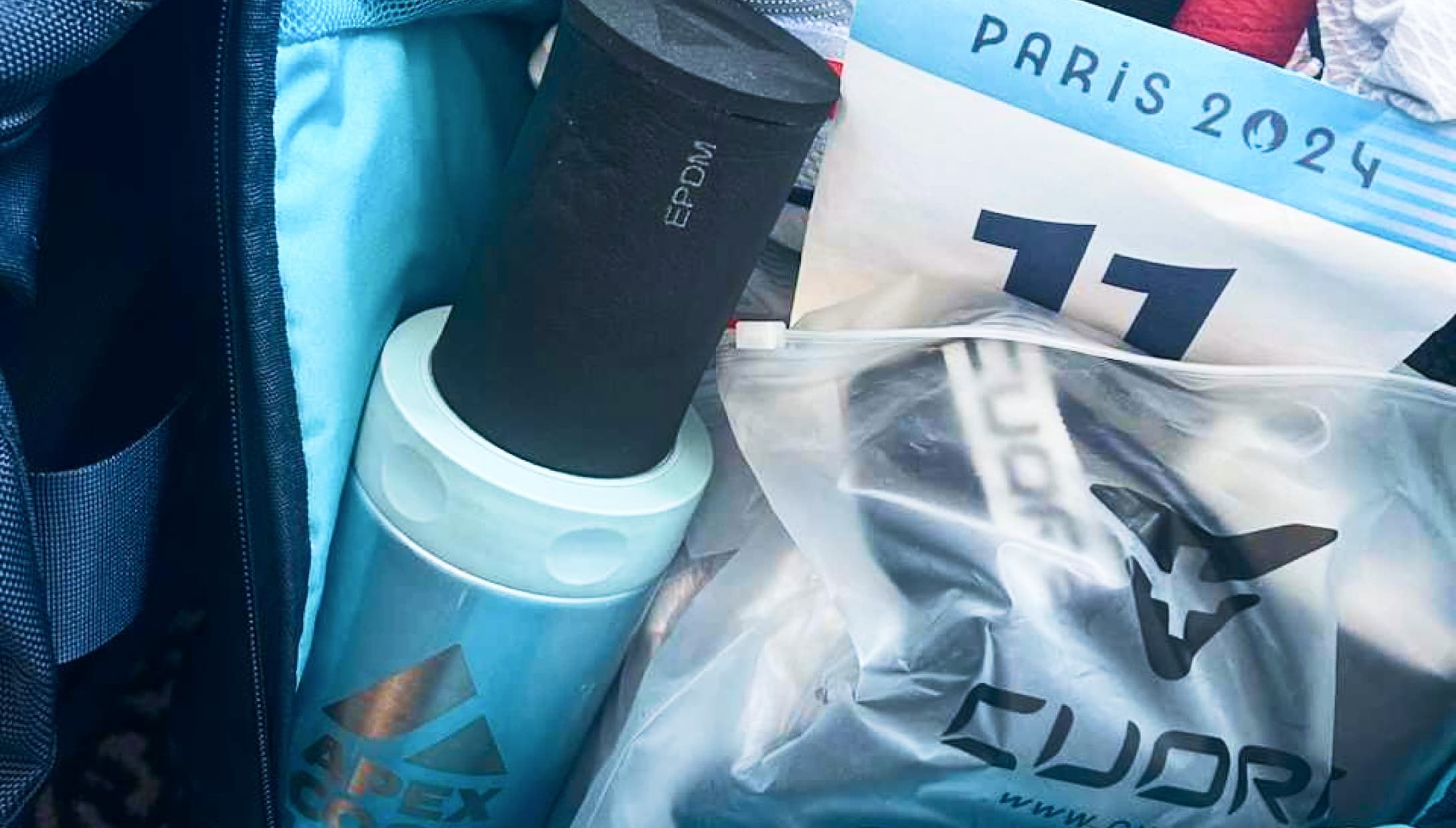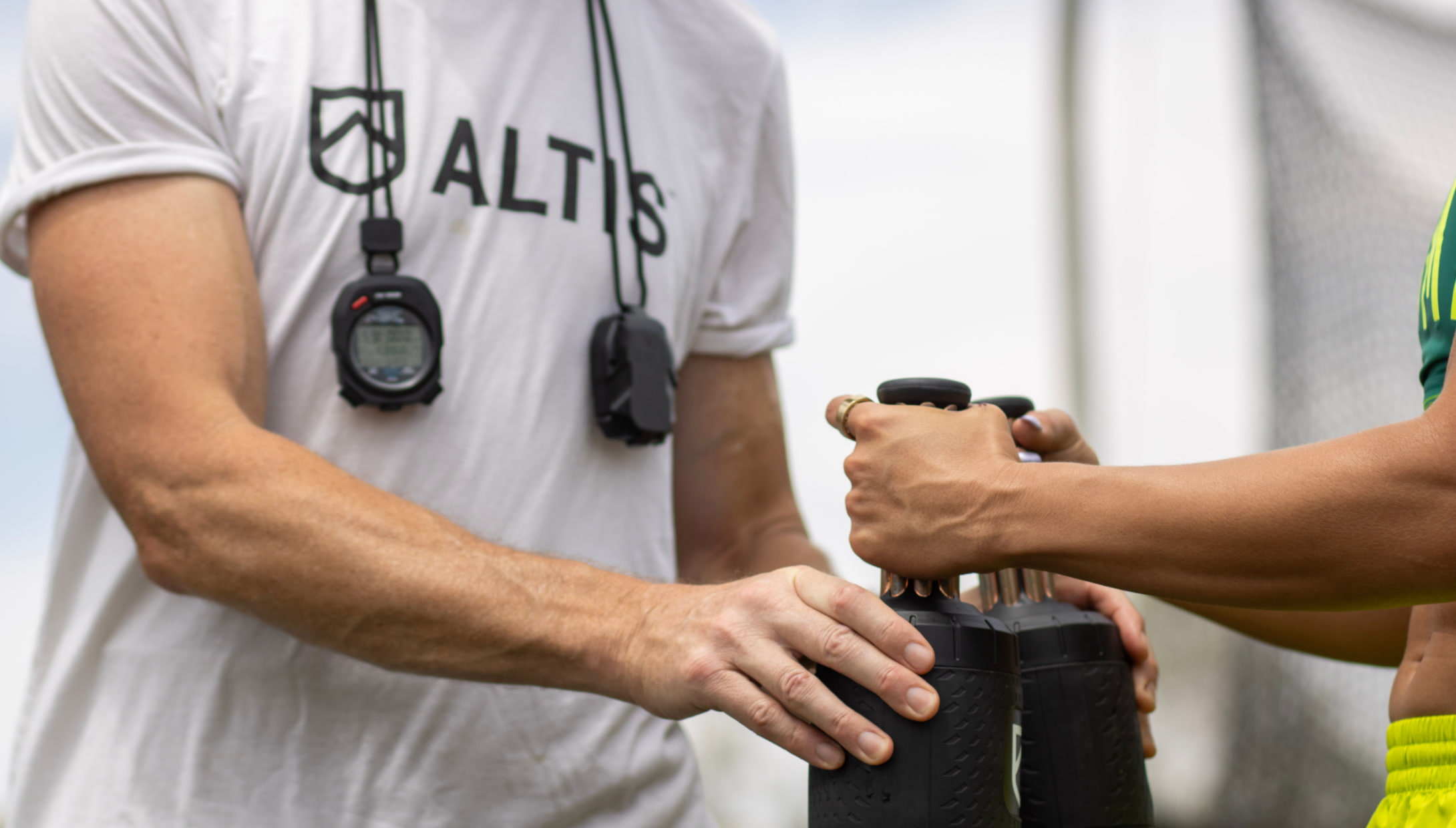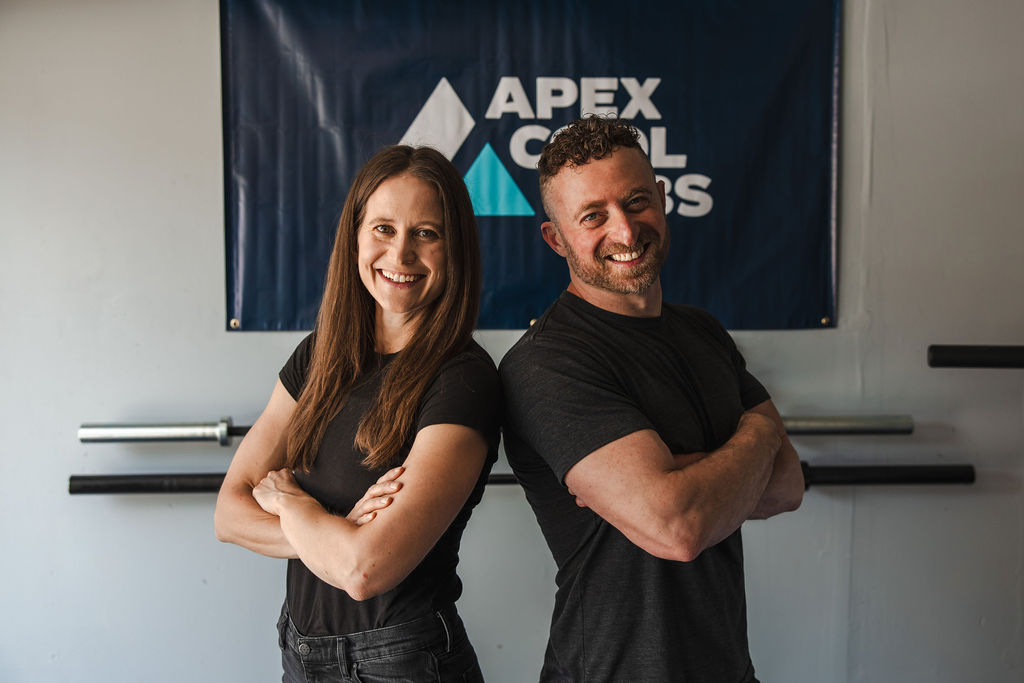When ambient heat or internal metabolic heat rises, your body faces two key challenges: keeping core temperature in a safe zone and preventing heat-induced reductions in performance or productivity.
Palm cooling (also called palmar cooling) leverages the unique properties of glabrous skin on the palms—which include arteriovenous anastomoses (AVAs)—to extract heat efficiently from the body.
By cooling your palms correctly*, you send cooler blood back into circulation, helping slow the rise in core temperature and blunt fatigue. Below is a summary of protocols and tips for three common palm cooling use case:
- battling heat on the job
- competing in a sport, or
- chasing training gains
1. Cooling Down Workers on the Job
Workers in hot environments often face heat strain, which can elevate core temperature, impair cognitive function, and reduce productivity. Full-body cooling methods (ice vests, cold water immersion) can be logistically complex or impractical. Palm cooling offers a compact, easy-to-use solution for mitigating heat stress.
Protocols
| Goal |
Time |
Notes |
| Mitigate heat stress or “incident rehab” |
10+ minutes |
Studies suggest ~10 min can reduce core temp by ~0.5 °C under heat stress. |
| Blunt impact of heat with periodic cooling breaks |
3-5 minutes during breaks (e.g. every hour) |
Even short cooling bouts help reset thermal load before resuming work |
2. Cooling Athletes During Games & Competitions
In many sports, breaks (timeouts, substitutions, between periods) are natural moments to recover. Palm cooling can accelerate heart rate recovery, lower thermal strain, and allow athletes to return “fresher” to play. This in-game recovery technique will reduce fatigue and delay declines in power output and speed.
Protocols
| Goal |
Time |
Notes |
| Timeouts or breaks |
1–3 minutes |
Many lab findings suggest 1–3 min is sufficient to reduce heart rate and help maintain intensity in next segment |
| Halftime or longer breaks |
5–10 minutes |
Extended cooling further lowers thermal load before the next half or period |
| Pre-period or warm-up buffer |
2–5 minutes |
Though less studied, some elite athletes use palm cooling just before play resumes to preempt rising core temp or calm the system |
| Post-game downregulation |
5 minutes |
Also less studied, but anecdotal reports suggest that pairing palm cooling and breathwork post game or training jump starts the recovery process and may improve sleep quality. |
3. Improving Training Outcomes: Strength, Volume, and Endurance
Training efficacy is often limited by accumulating heat in working muscles and central fatigue signals. Palm cooling offers a way to offload heat and extend stamina, allowing you to maintain higher quality volume, increase reps/sets, or push intensity further. Studies (e.g., bench press with hand cooling) and lab work have shown increases in total volume, better inter-set freshness, and delayed muscular fatigue. The greatest effects are seen when additional volume is added to a workout (example: going beyond 5 sets, in some cases pushing to 10 sets).
Protocols
| Goal |
Time |
Notes |
| Strength training, powerlifting, etc. |
2–3 minutes between sets |
This is the common “sweet spot” used by many practitioners and in existing applied protocols. |
| Volume or hypertrophy |
2–3 minutes between sets |
Enables you to stack more volume or maintain rep quality over more sets |
| Endurance / intervals |
2–3 minutes between sets |
Lowers heart rate and blunts rise in core body temp |
Bench Press Volume Protocol
- 6 sets of bench at 50–75% 1RM, pushing to near fatigue
- Between sets, hold palm cooling device for 2.5–3 minutes
- Many people report a 30–40% increase in total volume over 6-8 weekly sessions using this approach
AMRAP / Bodyweight Endurance Work
- Perform a bodyweight movement (e.g. push-ups or pull-ups) to fatigue
- Between sets, hold palm cooling device for 2.5–3 minutes
- Repeat for 6–8+ rounds
- Many experienced athletes report 30-70%+ volume increases over 6-8 weeks using this method
Interval Endurance Session
- Eg. 4 × 4-minute hard efforts with 3 min rest
- Between sets, hold palm cooling device for 2.5–3 minutes
- Helps maintain stronger outputs deeper into the session and can lead to better adaptations (i.e. increases in VO2Max)
*Remember the 3 Cs of Palm Cooling!
While simple, palm cooling is nuanced. You can’t just hold ice because most people will vasoconstrict, losing the blood flow in the palms required for this technique to work.
To be effective, remember the 3 Cs of palm cooling: Cool (not cold), Conductivity, and Continuous Cooling. Our palm cooling device, the Narwhals, was purposely designed to hit the essential parameters for effective palm cooling. Specifically, they:
- Maintain ~50-60°F surface temperature even in high ambient heat
- Uses heat pipes (aka the “tusks”) for efficient heat transfer and avoidance of thermal barriers
- Are easy to deploy on the sideline, job site, or in the gym
Palm cooling is one of the highest “bang-for-buck” thermoregulatory hacks we know of today. When you hit the parameters, it augments your body’s natural cooling, lengthens high-output windows, and helps you tolerate heat stress better—whether you’re on the job, on the field, or in the weight room.



